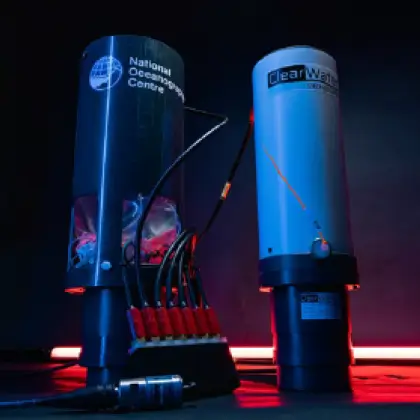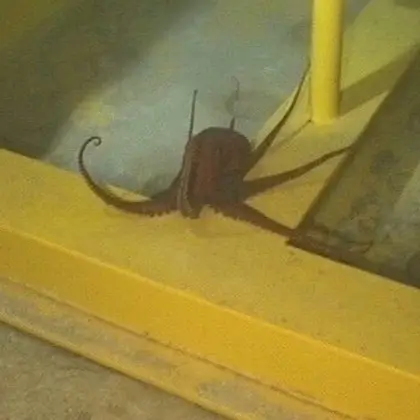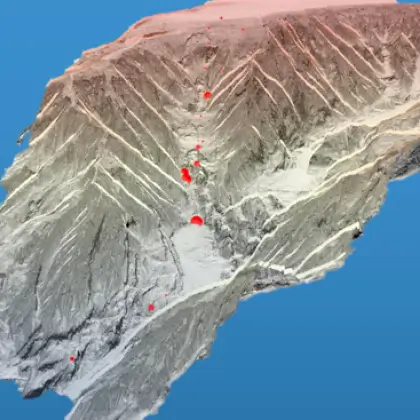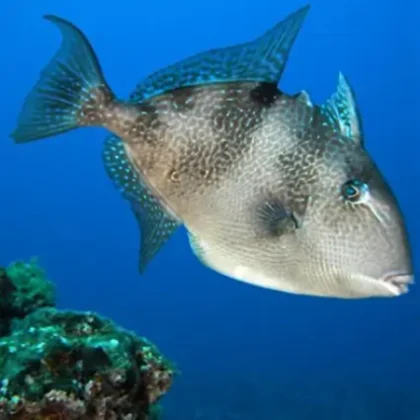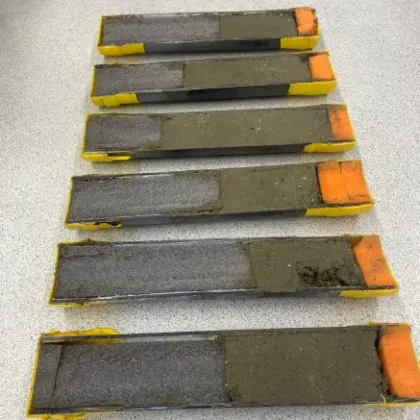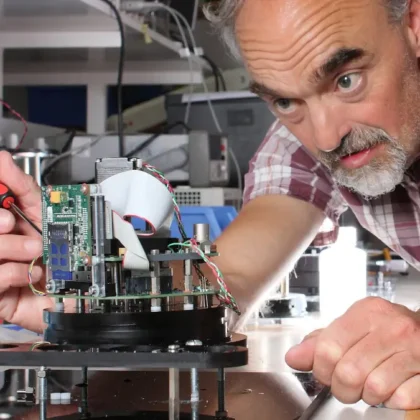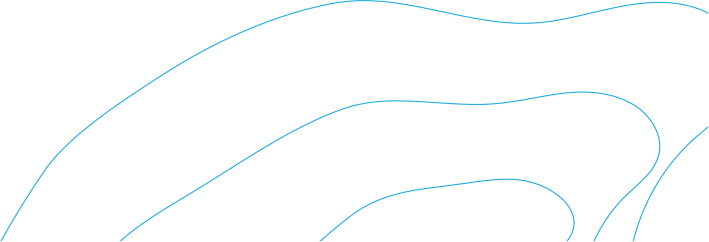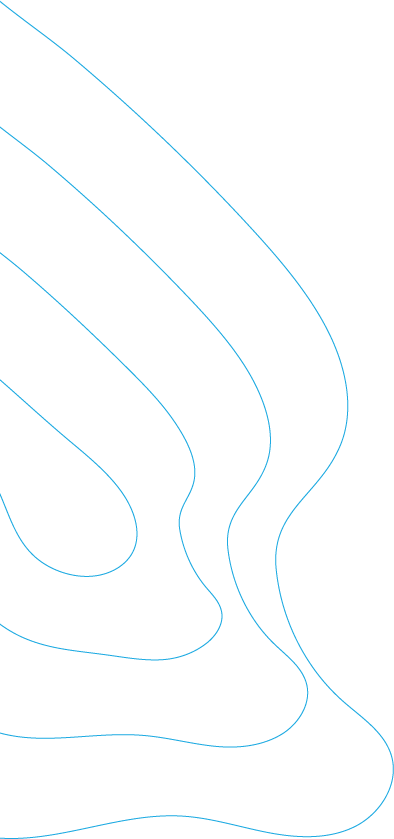

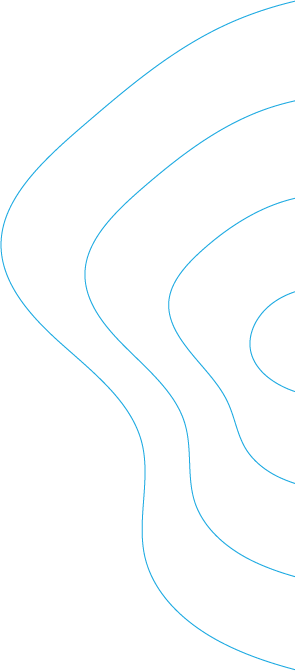
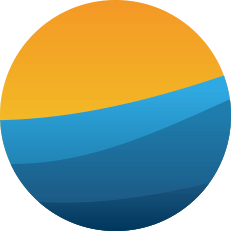
Together we will develop new projects and grow the diversity of marine research and technology development initiatives.
Projects
The projects below highlight the Alliance’s initial scientific endeavours and we encourage dialogue with organisations, businesses and individuals to bring forward new ideas that will make a real impact on our oceans for a sustainable future.
There are six initial projects.

